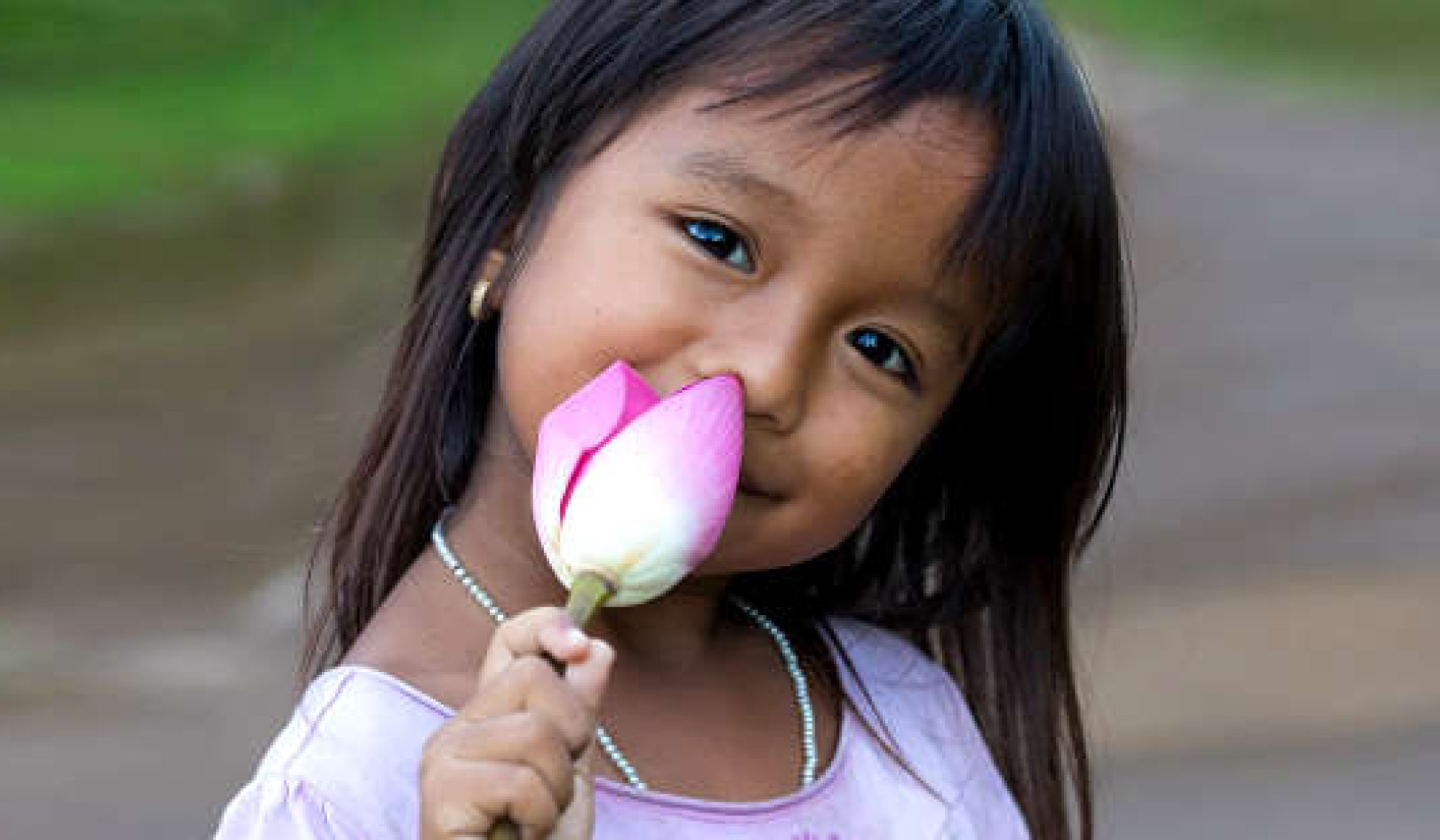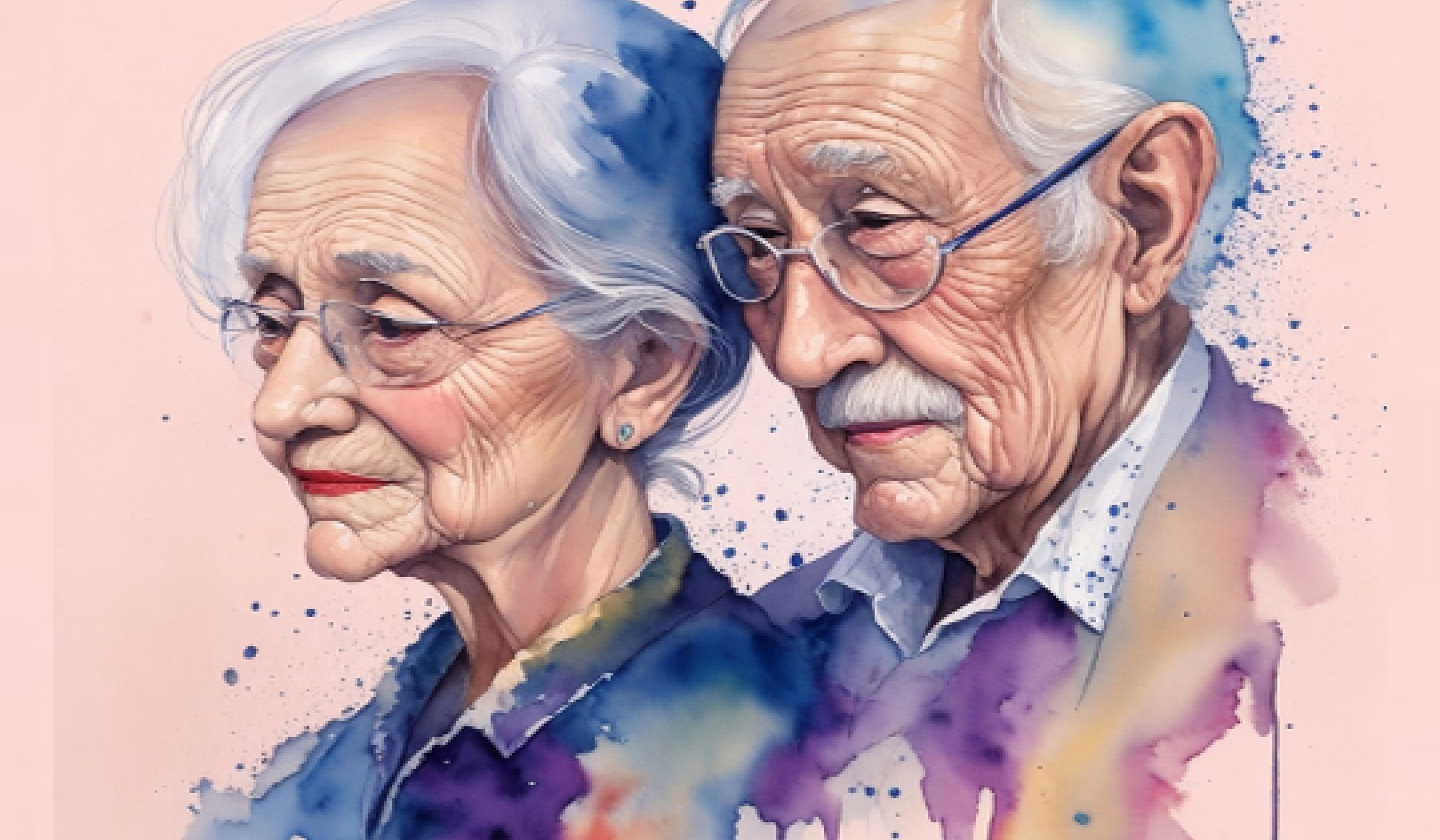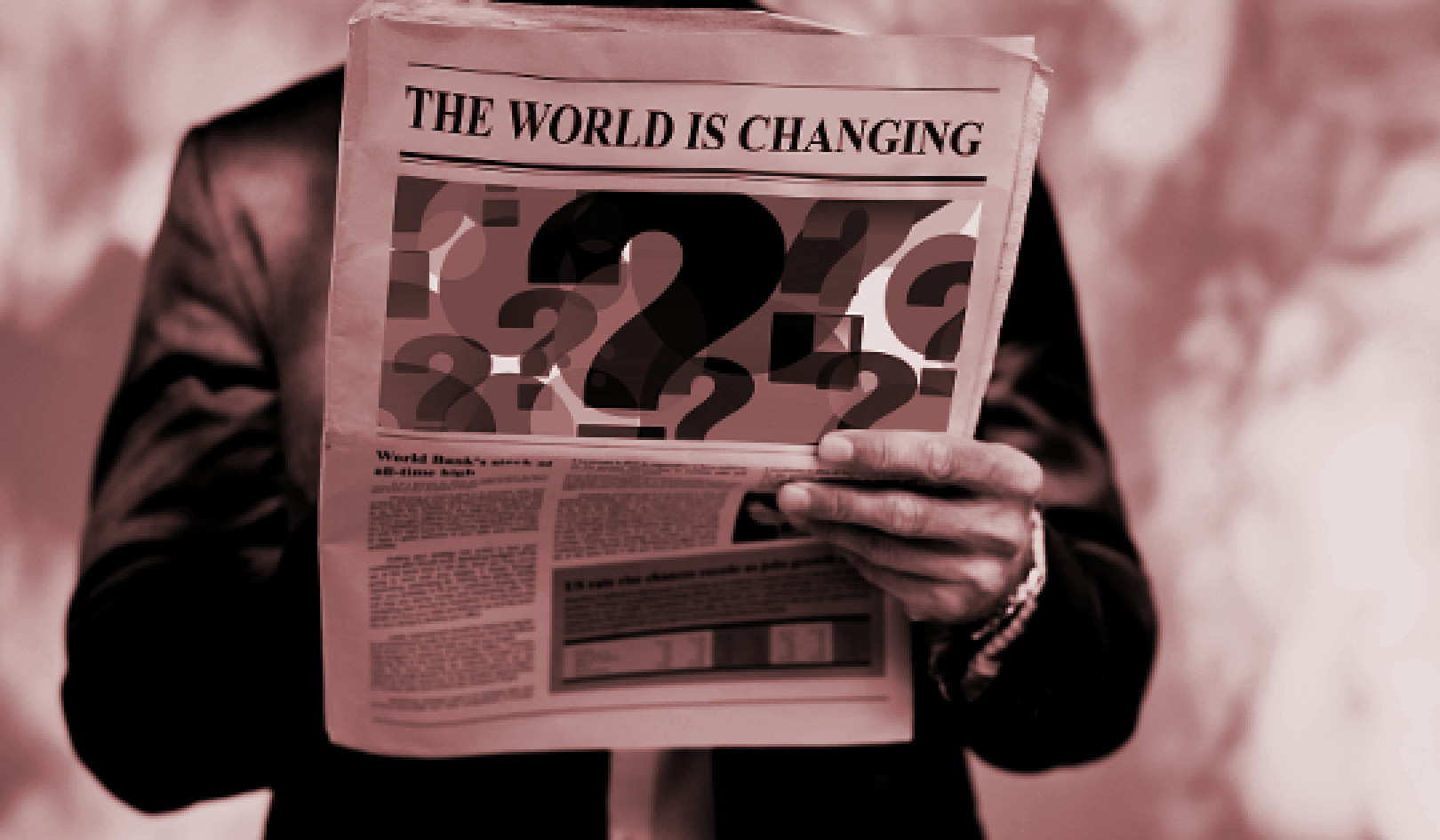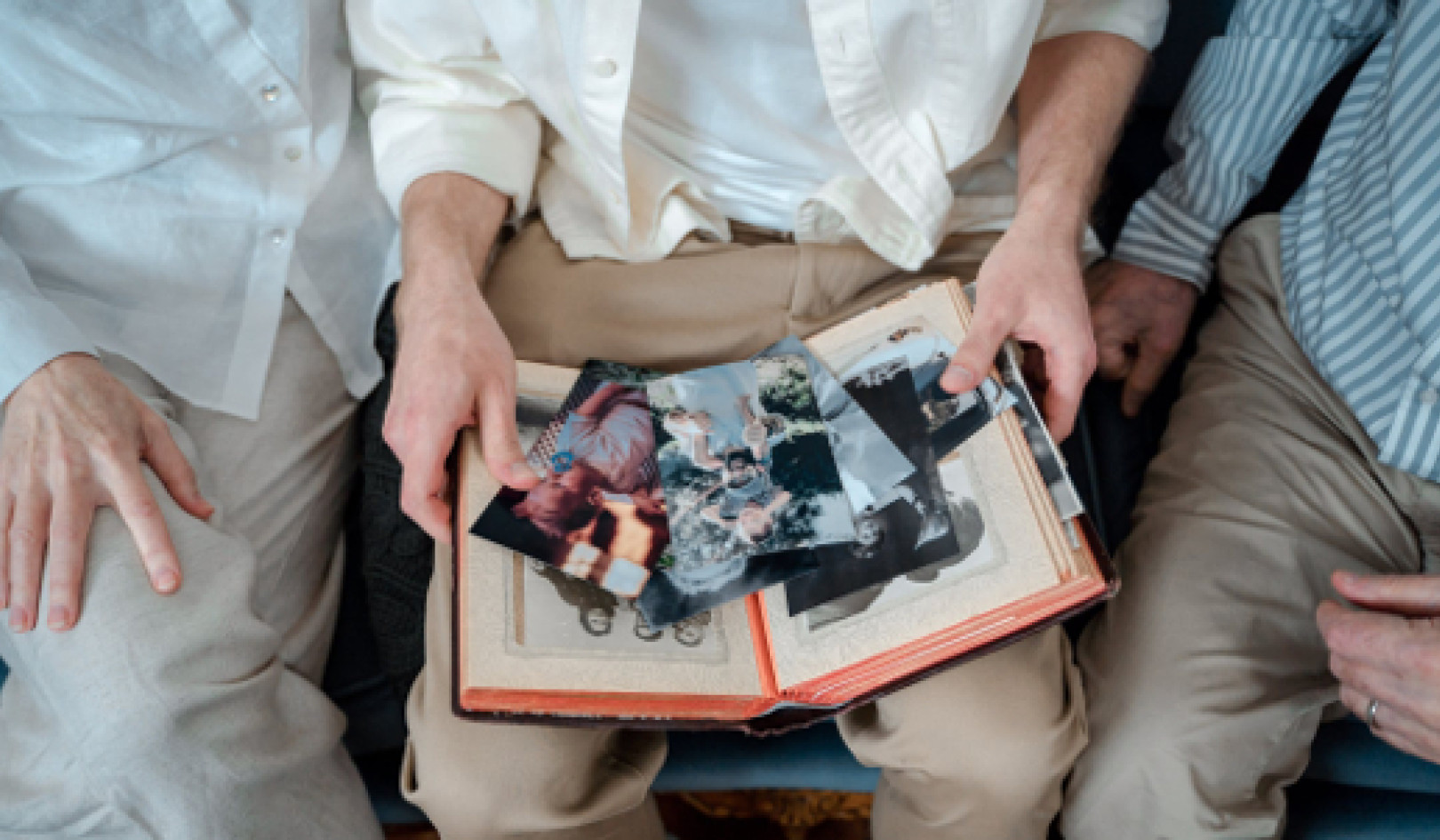
One of the contradictions of a polarized view of reality is that, even if we choose to perceive certain aspects as separate, everything is subject to natural law, and therefore, interrelated.
Any time we judge against anything, we are judging against something in ourselves. If we judge against the dark and only value the light, whatever in us that is of the dark (50% of our expression) must be firmly shoved into denial. This not only detaches us from half of our personal power and expression but also puts that same amount of power outside of conscious control, and under the direction of the unconsciousness. The more denied we are, the more unconscious we are.
Now, I don't know about you, but I'm not fond of the idea that half my power is outside of my conscious control, running amuck, messing up my life.
The Trap
When we judge others,
We are actually projecting a denied part of ourselves onto them.
This weakens us and burdens others.
In judging,
We are caught in a trap of our own making
As we project our power to change upon another,
We end up expending personal power to maintain the projection
That results in our own disempowerment
Guilt and Shame
When we judge against part of ourselves, we experience guilt and shame. Most of our emotions have purpose, even those we judge against. An example of this is rage, which results from denied anger. Anger is natural and necessary to set boundaries.
The mother bear is formidable in her protective behavior. She has no qualms about expressing anger in all its snarling glory. Yet, when her cubs are no longer threatened, she doesn’t hold a grudge, and she simply goes on about her business.
Humans, on the other hand, feel less free to express anger. It is not civilized to growl at someone crossing our boundaries, so we stuff it. While anger is not expressed in the moment, neither is it forgotten. Instead we tend to hold grudges.
Stuff anger into denial enough times, and we become full of rage. Subsequently, the unfortunate person who unwittingly gets on our last nerve is blasted. After we have vented, it becomes obvious, even to us, that the response was over the top for the stimulus, and we experience guilt and shame.
Judgment and Denial
Guilt and shame are not natural expressions. They're not found anywhere except in the presence of judgment and denial. These foreign energies are so toxic that they can only be endured for so long before we have to get out from under them.
The usual method is to project judgment and blame upon the poor hapless person who triggered our rage. The part of us which knows that we were out of line is then shoved into denial. As a result, we are even less conscious, present, and in control.
I once had a conversation with a woman about guilt. She felt, in the absence of guilt, people would do bad things. I believe people are intrinsically good and want to do good things in order to belong. Guilt and shame force people to act against their nature by judging against themselves, causing them to fragment from that which they judge against.
The worst crimes result from the projection of self-judgment onto another, then attacking the object of that projection. The vicious circle of judging against ourselves, then feeling guilt and shame, which we project and further deny, results in extreme compartmentalization.
~ Let him that wipes his soiled hands upon your garment take your garment.
He may need it again; you surely will not. — Kahlil Gibran ~
Polarized, compartmentalized reality has us viewing ourselves as separate, not subject to the same laws, and forever alone. This leaves us vulnerable to a consumer-driven society. Anything that promises to relieve the illusion of unbearable aloneness and self-denial becomes extremely desirable, so much so that many of us will gladly mortgage our future for the promise of a moment's relief. This is the pain and suffering we have come to accept as reality.

Fig. 1-1 A Life Time Line
Time Lines: What Is My Future?
Because we live in this linear, polarized reality, we tend to think of our lives as linear. We start at birth, follow a predestined path of things that “happen to us,” and end at death. This is what our lives have become as a result of our history, yet it doesn't have to remain that way.
We actually come with a “set” of paths to choose from. We choose or agree upon this set each time we incarnate, depending upon what we wish to experience, learn, or accomplish during a particular lifetime. This is where free will enters in.
When first embarking upon my spiritual path, I, like many others, was looking for what Spirit wanted me to do. What was I supposed to be? It was quite a shock when I discovered that, “Quite frankly, madam, Spirit doesn't give a damn.” Every time I asked about my life's path, the answer was, “What do you want it to be?” Talk about no guidance or direction! It's a lonely experience to discover we are the spirit we serve.
Eventually I learned that within my given set, my “great purpose” was simply living my life. How I chose to do it was up to me. It sure took the excuse “Spirit made me do it” out of the picture.
This is my life. The choices and results of those choices are up to me. The buck stops here. So where's the glory? At first I was disappointed that I was not the star of some great plan.
I have since come to realize I am the star of some great plan, but I am the planner. There's a lot of freedom and responsibility in that. On deeper levels, it puts us in the position of being co-creators rather than puppets. Once we get over the shock that we are ultimately responsible for our choices and that the life we are living is entirely the result of our choices, conscious or unconscious, we can truly engage in the process of living.
Let's look at this in a little more detail. As I stated, when we come in, we have a “set” within which we can operate. In this lifetime, I will never be a tall, black, successful basketball player. Wrong race, wrong gender, wrong height, and at this point, wrong age. It is simply not in my set. I suppose I could join a gym and take lessons, but the chance of doing more than spraining an ankle and embarrassing myself is pretty slim. Fortunately (or by design), I have no real passion or desire to be a basketball player.
In Figure 1.2, consider each circle an “option” and the lines between the circles as “paths” from option to option. This represents the set we come in with. In a perfect world, we would have access to all of our options. As things are, we take a bit of a beating, and as a result, we disconnect from some of our options.

Fig. 1-2 Life Options
When I incarnated this time, I came as a female. Within that set, I had many options, but early on, it was impressed upon me that being a girl meant I was a second-class citizen. If anyone went to college, it would be my brother. If I got to go at all, it would be to find a husband and become a good wife. That's what women did. I would really have loved to have been a doctor, and within my set, I could have been a great one.
But I suffered what is called “soul loss” around my ability to pursue a profession that, at the time, was considered to be for men only. My taking on that belief resulted in my disconnecting from many options. Similarly, we systematically disconnect from our options until what's left is a single path that starts at birth and ends at death, with fairly predictable things happening to us along the way.
My path could easily have been: get married, have children, bring them up, become an empty nester, travel with my husband after he retires, become a widow, and then die. Fortunately, I discovered my set, reconnected with at least some of my original options, and am living the life I choose, rather than the one I was programmed to live.
©2013, 2016 by Gwilda Wiyaka. All Rights Reserved.
Excerpted with the author's permission.
Article Source
So, We're Still Here. Now What?: Spiritual Evolution and Personal Empowerment in a New Era (The Map Home)
by Gwilda Wiyaka
 So, We're Still Here. Now What? takes you beyond the end of the Mayan calendar and into the predicted New Era, helping you rearrange your life so you can shift more easily with the ongoing changes that lie ahead. The book delves deeply into the hidden principles behind effective shamanic practices that were used long ago to steward people through times of change, and it teaches you how to use these principles to navigate through today's disruptions. The concepts Wiyaka offers have been field-tested in her thirty years of private practice as a shamanic practitioner. The book was the First Runner Up in the COVR Visionary Awards: Alternative Science Division. This is a solid reference volume that belongs in every serious seeker's private collection. (Also available as a Kindle edition.)
So, We're Still Here. Now What? takes you beyond the end of the Mayan calendar and into the predicted New Era, helping you rearrange your life so you can shift more easily with the ongoing changes that lie ahead. The book delves deeply into the hidden principles behind effective shamanic practices that were used long ago to steward people through times of change, and it teaches you how to use these principles to navigate through today's disruptions. The concepts Wiyaka offers have been field-tested in her thirty years of private practice as a shamanic practitioner. The book was the First Runner Up in the COVR Visionary Awards: Alternative Science Division. This is a solid reference volume that belongs in every serious seeker's private collection. (Also available as a Kindle edition.)
About the Author

Gwilda Wiyaka is the founder and director of Path Home Shamanic Arts School and she is the creator of online shamanic classes for children and adults, designed to support spiritual evolution and personal empowerment through understanding and applying the shamanic arts in daily life. Gwilda is also a preceptor for the University of Colorado School of Medicine, where she provides instruction to medical doctors on the modern interface between shamanism and allopathic medicine. She is the host of MISSION: EVOLUTION Radio Show, broadcast internationally through The “X” Zone Broadcasting Network, www.xzbn.net. Her past episodes can be found on www.missionevolution.org. An experienced spiritual teacher, inspirational speaker and singer/songwriter, she conducts workshops and seminars internationally. Find out more at www.gwildawiyaka.com and www.findyourpathhome.com
More books by this author
at InnerSelf Market and Amazon




























